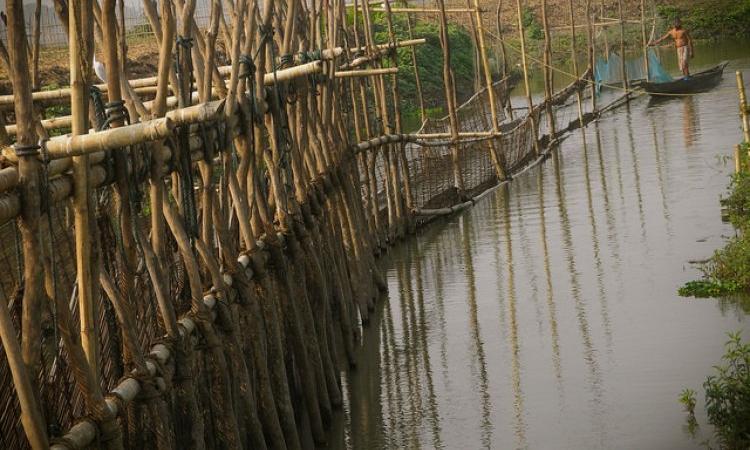
Government identifies 100 wetlands for restoration in next five years
At the 14th session of the Conference of Parties (COP 14) to the United Nations Convention to Combat Desertification (UNCCD), the Environment Ministry identified more than 100 wetlands for restoration in the next five years to combat land degradation.
The Ministry reiterated the importance of wetlands in realising the government's scheme of Har Ghar Main Jal, for which the focus should not only be on bringing water to households but also on source protection and revival.
The government has asked the states to prepare integrated management plans indicating the location and characteristics of a wetland. Along with this, wetland health cards have also been devised to provide information on the wetland. (The Times of India)
Jal Jeevan Mission to cost Rs 7.88 lakh crore; women to play key role in the mission
In the next five years, the government estimated Rs 3.5 lakh crore for the Jal Jeevan Mission, that aims to provide piped water to all rural households by 2024. However, considering the estimate based on project reports submitted by the states to the Jal Shakti Ministry and the present coverage of piped water at 18 percent across India, the ambitious mission may cost a whopping Rs 7.88 lakh crore - more than double the initial estimate by the Centre. Under the mission, a key role has been chalked out for women members of Gram Panchayats, who are being trained to carry out water quality monitoring and surveillance in 256 water-stressed districts identified for the mission’s first phase. (National Herald, Hindustan Times, The Hindu)
Maharashtra's new water policy to combat drought and floods in the state
As Maharashtra grapples with floods in some parts of the state and drought in others, the state government has come up with the Maharashtra State Water Policy 2019 that focuses on flood management, drought mitigation and judicious domestic and industrial water use. The new policy aims to address both extreme situations by pushing for judicious use of water and modern ways to tackle floods and drought. Flood forecasting methods will incorporate real-time data systems and models. Along with identifying strategies for drought mitigation and management, the policy has also imposed new regulations on groundwater management.
Andhra Pradesh government announces new sand policy
With an aim to streamline sand supply and also generate around Rs 500-600 crore in revenue for the government, the Andhra Pradesh government has come up with a new sand mining policy scrapping the free sand policy implemented by the previous government. As per the new policy, a tonne of sand will be available for Rs 370 only at government-owned stockyards operated by Andhra Pradesh Mineral Development Corp (APMDC). Further, an additional transportation charge fixed at Rs 4.90 per kilometre on average, will also be levied depending on the distance and the mode of transportation. The APMDC has also identified lands owned by farmers for mining at 82 places. (Down to Earth)
SC provides four months to resolve SYL row
Following a request from the Haryana government to fix a timeframe for concluding talks regarding the Sutlej-Yamuna Link Canal, the Supreme Court has given four more months to Punjab, Haryana, and the Centre to find an amicable solution to the conflict. The Water Ministry has already convened several meetings, attended by chief secretaries of the two states, but the states have not arrived at any conclusion. The SYL canal was constructed under the water-sharing agreement between the two states in 1981. While Haryana constructed its portion of the SYL canal, Punjab stopped the work after the initial phase, leading to multiple cases. Moreover, the latter terminated the canal water-sharing agreement and returned the land on which the canal was to be constructed to the land owners. (The Tribune)
This is a roundup of important policy matters from September 4 - 9, 2019. Also, read news this week.
/articles/100-wetlands-identified-restoration-next-five-years